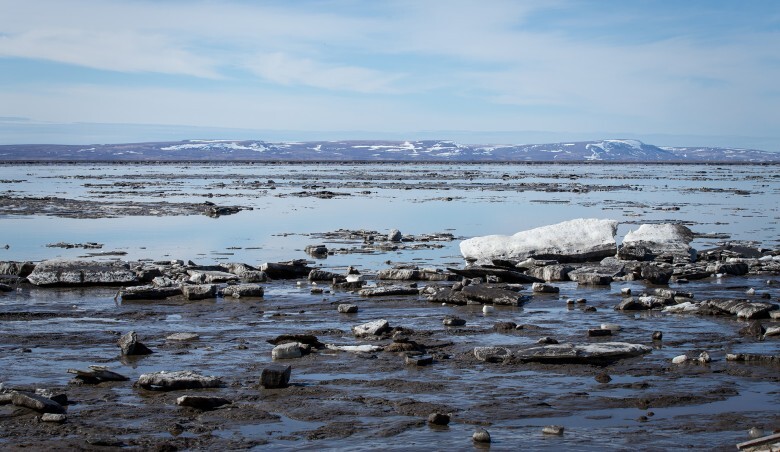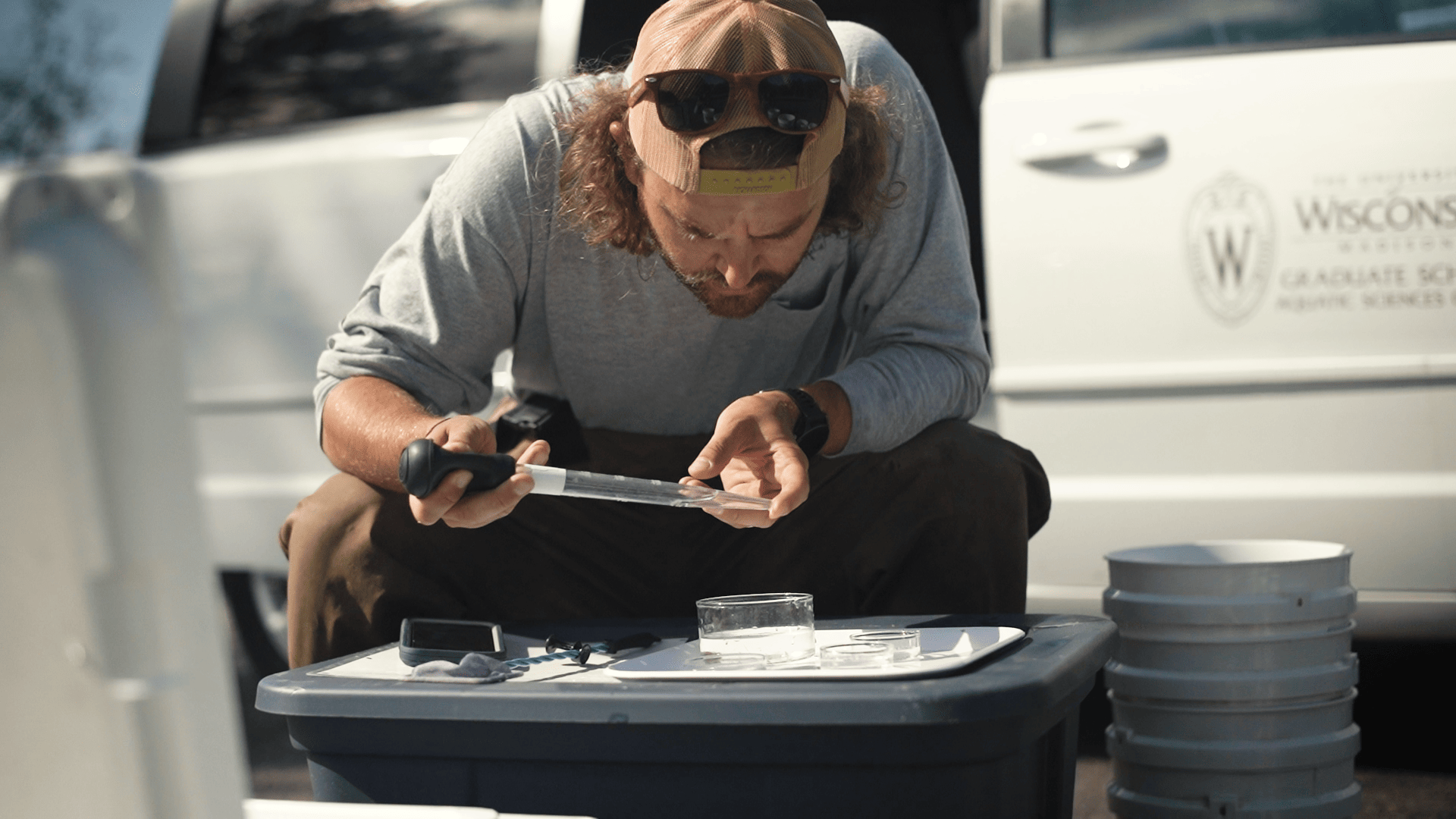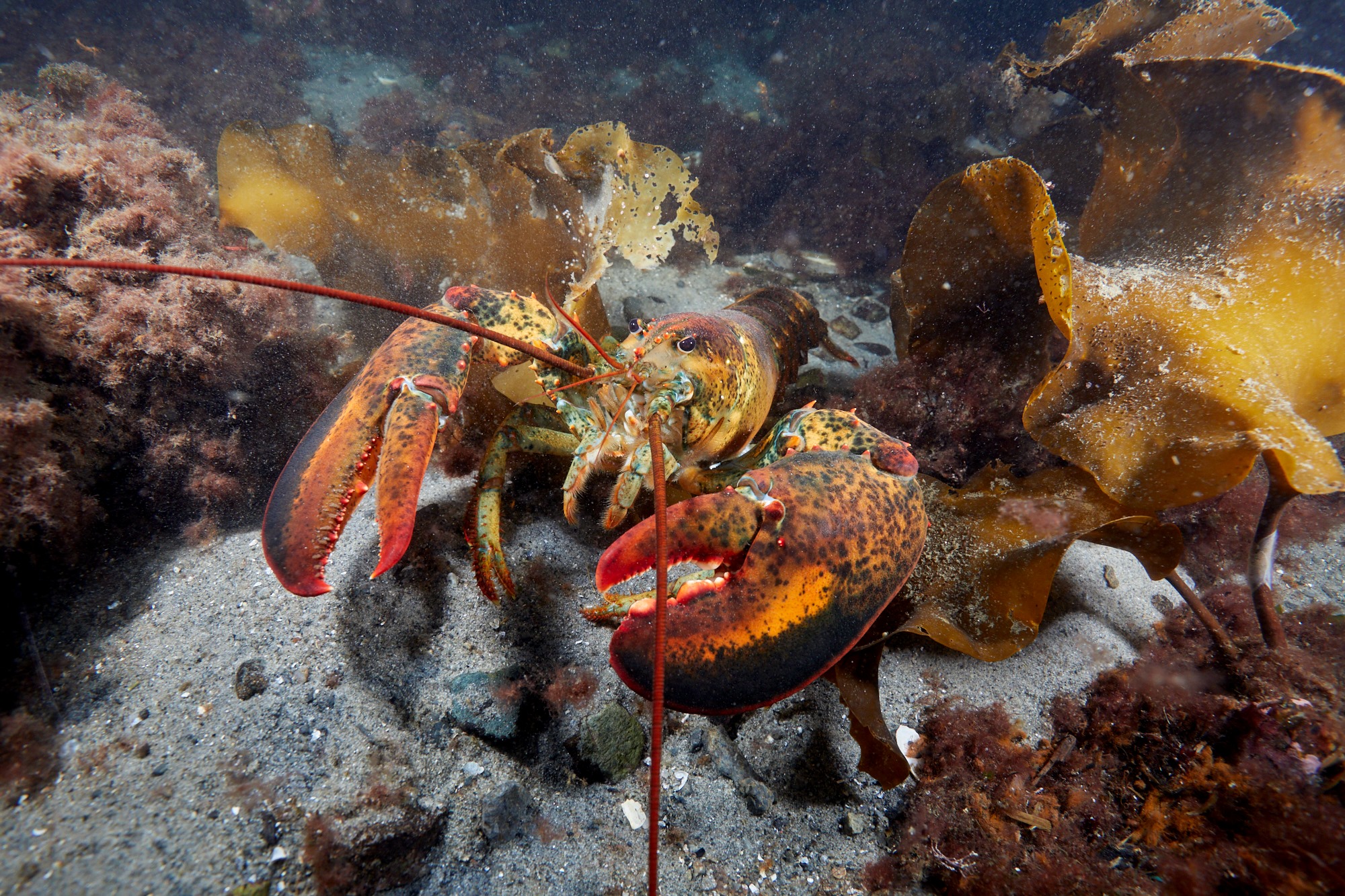For more information, contact Cindy Knapman, Hawaii Sea Grant.
Hawai‘i Sea Grant’s Center for Coastal and Climate Science and Resilience (Hawai‘i Sea Grant CCSR), University of Hawai‘i Sea Level Center (UHSLC), and Pacific Islands Ocean Observing System (PacIOOS) have been tracking high ocean water levels in the region and are advising that the state likely will continue to experience unusually high tide levels through the summer. The next tide event is expected on May 26.
The highest water levels of the summer are expected around the upcoming peak astronomic tides of the year, known as “king tides,” occurring over a few days around May 26, June 23, and July 21 in Hawai‘i. Actual water levels along exposed coasts will largely depend on wave heights during the high tides.
Data from NOAA tide stations around Hawai‘i show that observed water levels have been 3 – 6 inches above predicted tidal heights since early 2016. In late April, levels peaked at over 9 inches above predicted tides at the Honolulu Harbor tide gauge, resulting in the highest daily mean water level ever observed over the 112-year record. The combination of elevated water levels, seasonally high tides, and a large south shore surf event resulted in flooding on April 28, 2017.
The elevated water levels are attributed to an unusual combination of ocean eddies with high centers, Pacific-wide climate and sea level variability associated with recent El Niño events and the Pacific Decadal Oscillation, and sea-level rise from global warming. Based on ocean model forecasts and satellite observations of sea level, UHSLC researchers indicate that elevated water levels are likely to persist through the summer.
Localized impacts may include coastal erosion, wave over-wash, and temporary flooding in low-lying backshore areas around storm drain systems. Impacts may be more severe if the upcoming king tides coincide with an elevated surf event, which occur most often on south and east shores this time of year, and/or during heavy rains. Property owners who have experienced flooding and erosion problems in the past, particularly those on south and windward shores, should anticipate impacts similar to those experienced during the high tides of late April. Boating and ocean recreation such as paddling and fishing may also experience unusual water levels and currents in addition to navigation hazards.
Dr. Mark Merrifield, director of Hawai‘i Sea Grant CCSR and UHSLC, noted “The oceanic and atmospheric processes that contribute to this prolonged period of high water levels in the Hawai‘i region occur naturally in cycles. But as sea levels continue to rise with global warming, we will see more and more instances when not just king tides but ordinary high tides combine with high water levels to reach flood stage, with adverse impacts to our beaches, coastal infrastructure, wetlands, and low-lying areas of the islands. This summer will provide a glimpse of what will eventually become routine with continued global warming and sea-level rise.”
Dr. Chip Fletcher, associate dean of the School of Ocean and Earth Science and Technology, adds “Water levels may reach more than 1 foot above typical high tide and produce unusual flooding in low-lying regions. Within a few decades this will be the new normal. Hawai‘i should consider this a practice run, and reevaluate policies and development practices accordingly.”
The Hawai‘i Sea Grant CCSR is asking residents to help document high water levels and related impacts through the Hawai‘i and Pacific Islands King Tides “citizen science” project by submitting photos online. Community members, businesses, and agencies also are encouraged to regularly check PacIOOS' six-day high sea level and wave run-up forecasts to help increase preparedness and resiliency. Please visit hawaiisealevel.org for more available resources and information on how to get involved.


